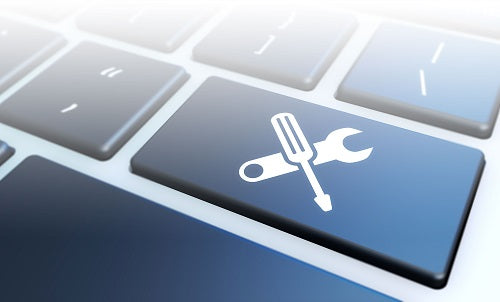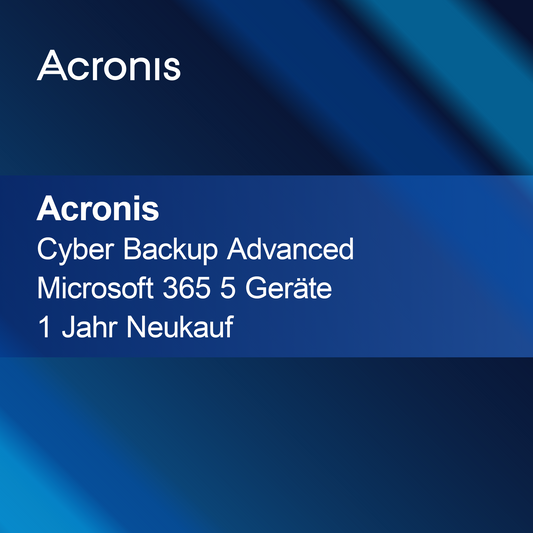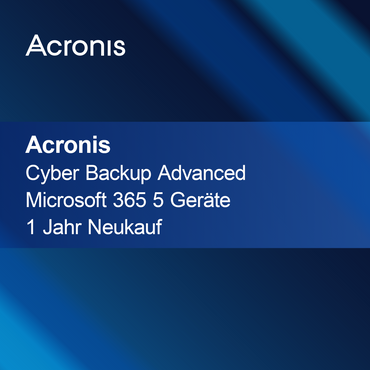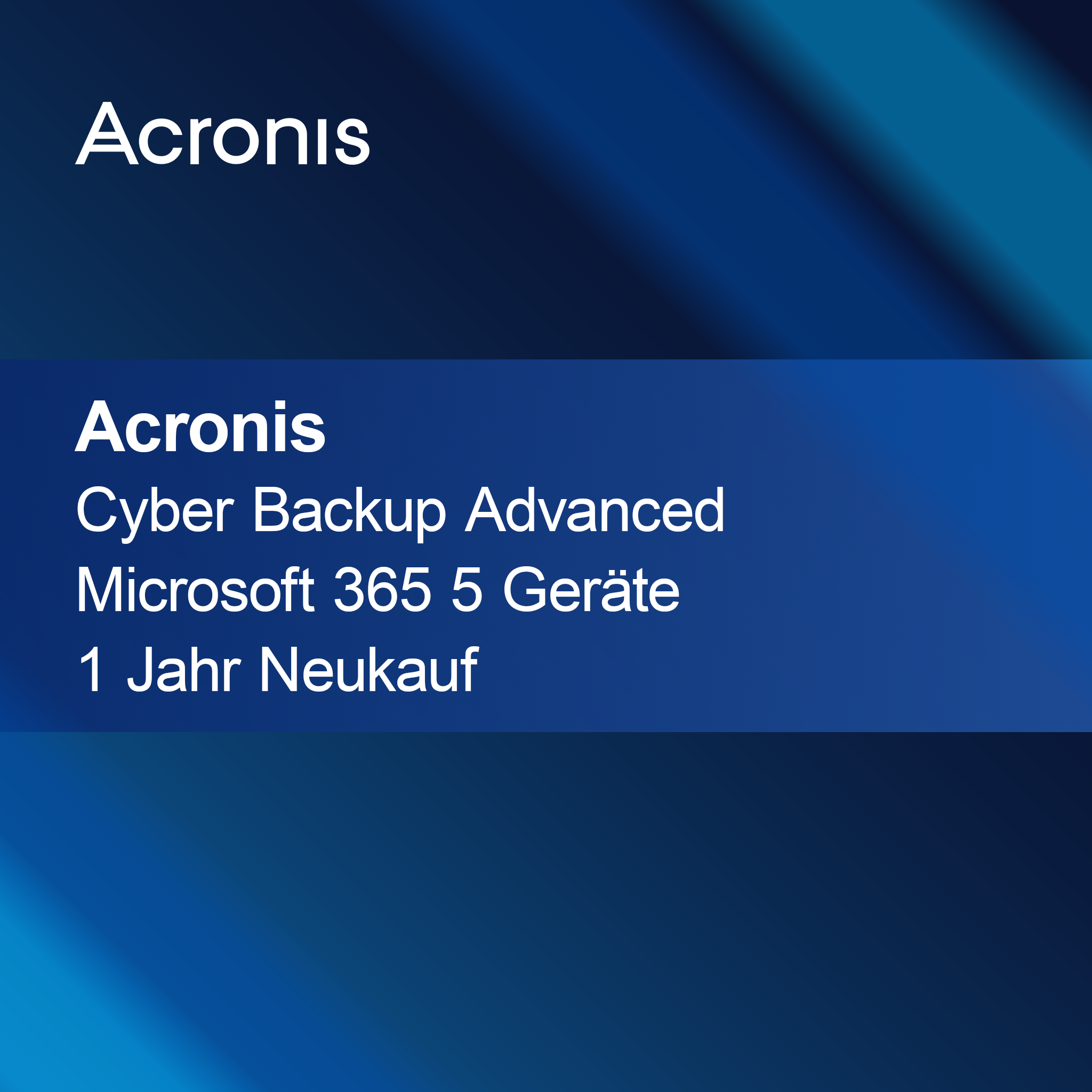No products found
Use fewer filters or remove all
Windows IoT
What is Windows IoT and what is it used for?
Windows IoT is a special version of the Windows operating system designed for the development of Internet of Things (IoT) devices. It provides a platform that enables developers to create smart and connected devices that can be used in various applications, from industrial automation to smart homes. Windows IoT supports a wide range of hardware and allows the integration of cloud services to extend the functionality of the devices.
What versions of Windows IoT are there?
There are several versions of Windows IoT, including Windows IoT Core and Windows IoT Enterprise. Windows IoT Core is intended for smaller, resource-efficient devices and offers a simple way to develop applications. Windows IoT Enterprise, on the other hand, targets more powerful devices and provides advanced features as well as a full Windows user interface. The choice of the right version depends on the specific requirements of your project.
What features does Windows IoT offer?
Windows IoT offers a variety of features specifically developed for IoT applications. These include support for various programming languages, access to cloud services, security features, and the ability to control and monitor devices over the internet. These features enable developers to create innovative solutions tailored to the needs of their users while ensuring high security.
How can I install Windows IoT?
The installation of Windows IoT is usually done via an image that is flashed onto a compatible device. First, you need to download the appropriate image from the Microsoft website and then use a tool like the Windows IoT Core Dashboard to transfer the image to an SD card or other storage medium. After flashing, you can start the device and begin developing your IoT application.
- Support for various programming languages such as C# and Python
- Integration of cloud services for enhanced functionality
- Security features to protect your IoT devices
How does Windows IoT differ from other Windows versions?
Windows IoT differs from other Windows versions by its optimization for IoT devices and the associated requirements. While conventional Windows versions are designed for desktop computers and laptops, Windows IoT is specifically designed for the development of connected devices. This means it requires fewer resources and offers a customized user interface tailored to the specific needs of IoT applications.
What are the hardware requirements for Windows IoT?
The hardware requirements for Windows IoT vary depending on the chosen version. For Windows IoT Core, you typically need a device with an ARM or x86 processor, at least 512 MB of RAM, and 4 GB of storage space. Windows IoT Enterprise requires more powerful hardware to utilize the advanced features. It is important to check the specific requirements to ensure that your device is compatible and functions optimally.














